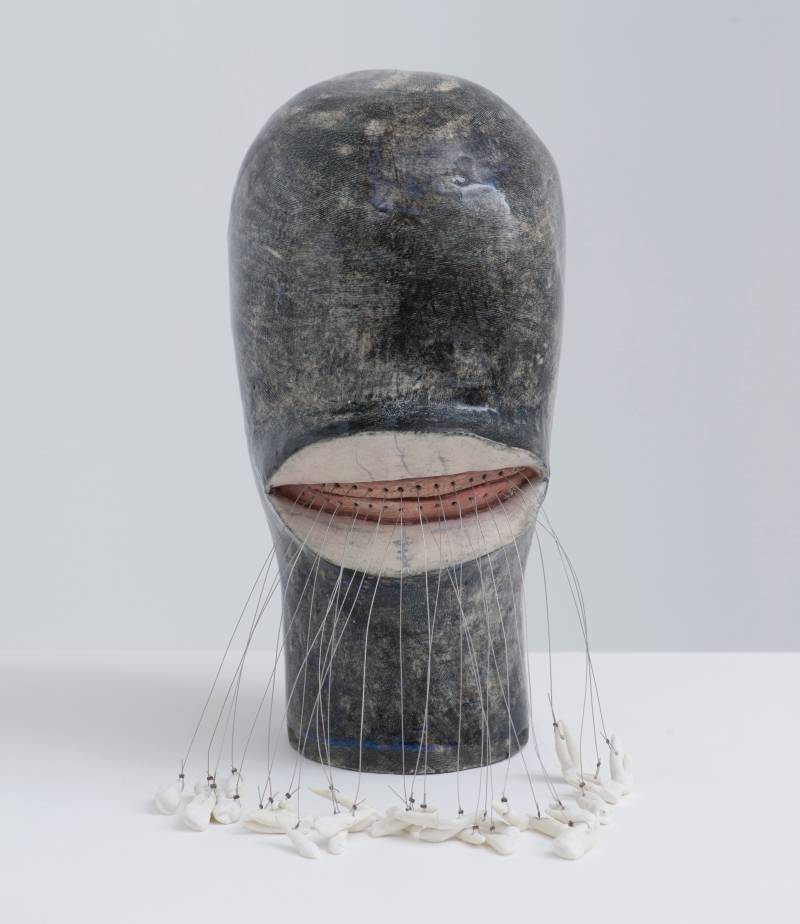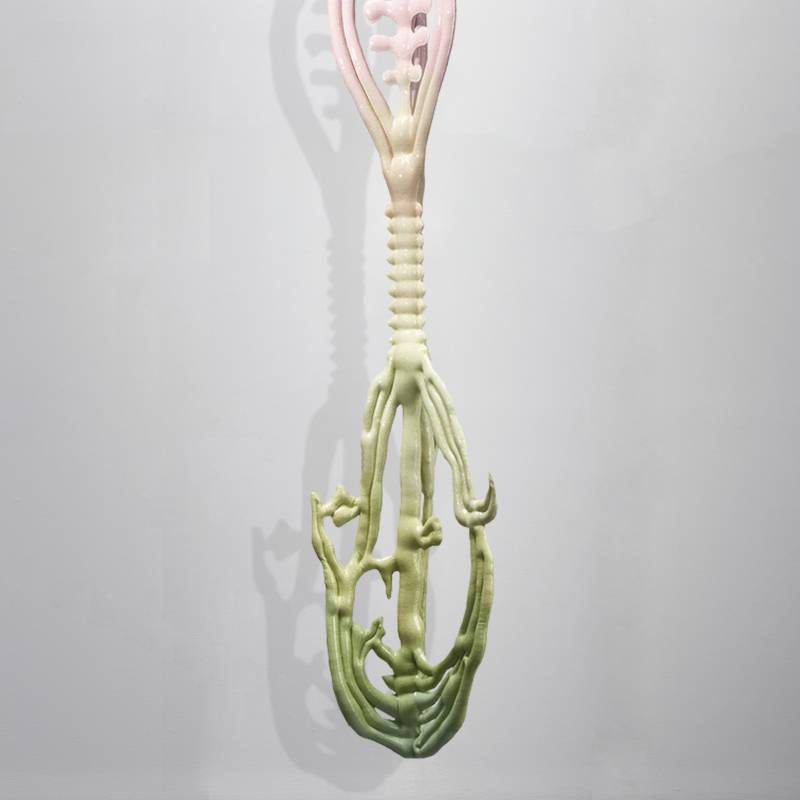Curator’s Radar: Julia Morison
These artists have recently garnered significant attention from curators of public galleries.
Words: Sue Gardiner
Julia Morison’s ten-piece work, Monochromes in Liqueurfaction, referencing the 2011 Christchurch earthquake, was in All That Was Solid Melts, a 2020 group exhibition curated by Juliana Engberg at Auckland Art Gallery Toi o Tāmaki. Engberg described the artist’s materials as a “co-mingling of all manner of exotic syrups… with the liquid muck oozing from the rent underworld, now animate like a horror-movie blob.” Each of its ten monochromatic panels used a combination of silt liquefaction that spread over the city and the contents of Morison’s smashed cocktail cabinet that spread over her studio floor. Engberg noted that in response to circumstances both macabre and surreal, the artist sought “to smooth everything out, make stillness and sanity – logic – out of catastrophe.”
The work also featured in Christchurch’s first post-earthquake exhibition in 2012, curated by Justin Paton. “Then, it made sense to refine the rawness of collected materials, from silt, to the Tia Maria, to destroyed detritus. Liquefaction was everywhere, in cutlery drawers, clothing, lungs and we were like stunned mullets, needing to be together to support each other.” Ten years on, the work has been acquired for the Auckland Art Gallery Toi o Tāmaki’s permanent collection.
In recent times, the artist is reflecting anew. “We now live again in a time of anxiety and questioning, searching for new meanings as we turn away from spirituality, religions, amid significant global shifts. We would hardly say we are emotionally healthy as a community right now,” Morison says, as she is drawn back to the themes of her earlier work. To understand the world, and us all as sentient human beings, Morison’s work from the 1970s onwards encapsulated diverse knowledge systems like the sefirothic system of the Qabalah, alchemy and the writings of Carl Jung. “I never lost interest in these systems of knowledge and it is timely to reinvestigate,” she says. A new ten piece series, as part of Omnium Gatherum, was exhibited at Sumer, Tauranga in 2021.
Alerting our attention to, and making visible the role of the senses through eyes, ears, nose and mouth, her solo exhibition Head [case], presenting more than 100 ceramic heads, has just completed a three year public gallery tour. Collectively, the heads can be seen as sensory filters, for data coming in and data flowing out. “There is a resurgence of interest in science and spirituality coming together to offer understandings of a collective consciousness, of our human mind/body capacity,” Morison says, noting that Hilma af Klint, whose work she admires, once said her work wouldn’t be understood for 50 years. “In 2021,” says Morison, “no one is going to burn me at the stake for exploring this all again!”
Featured image: Julia Morison, Headcase 03, 2015. Glazed stoneware and porcelain, wire, 29.5 x 20 x 21.5cm. Courtesy: the artist and Auckland Art Gallery Toi O Tāmaki, Auckland.
This article was originally published in Art Collector issue 99, January-March 2022.









